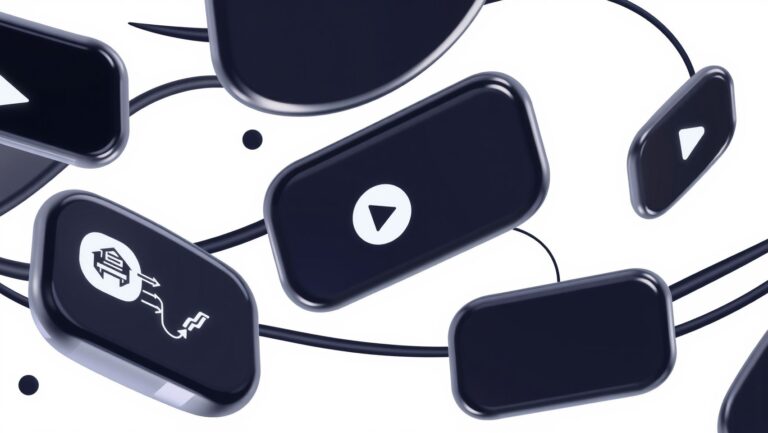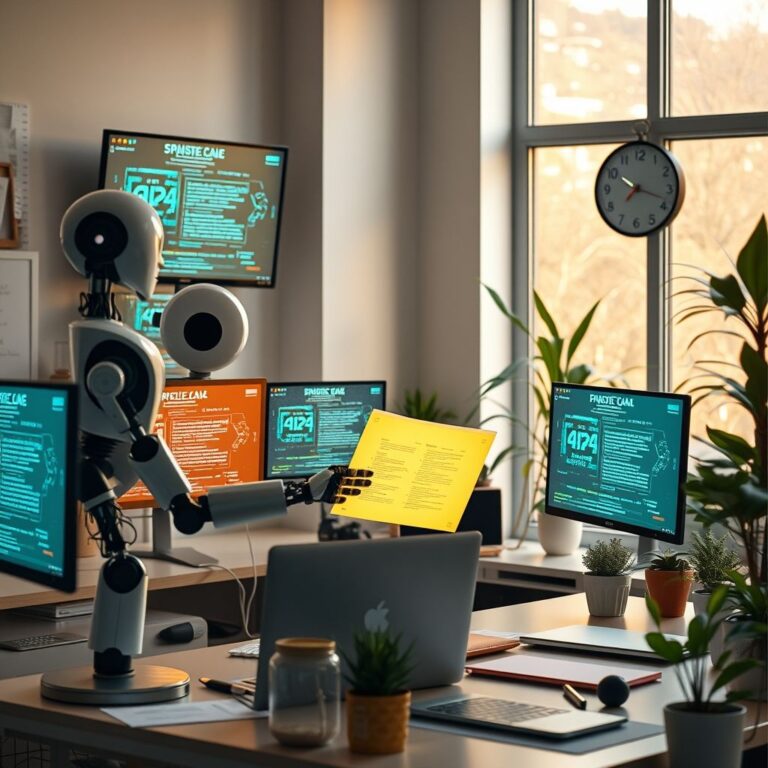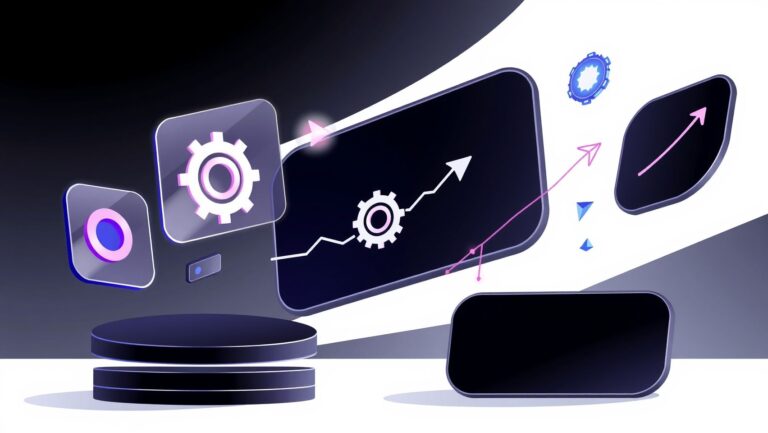DALL-E 3 vs Midjourney 2025: Practical Guide to Choosing the Right AI Image Generator
Are you struggling to decide between DALL-E 3 and Midjourney for your visual projects? You’re not alone. With the rapid rise of AI-powered image creation tools, choosing the right platform can feel overwhelming. Costs vary, quality differences are significant, and integration options can make or break your workflows. Industry reports from 2025 highlight that these tools are transforming creative processes across industries, but knowing which one suits your needs requires a clear comparison. In this practical guide, we’ll break down the strengths and weaknesses of both—from image fidelity and customization to pricing models—helping you make an informed decision. Want to unlock the full potential of AI-generated art? Stay with us. We’ll provide actionable insights and real-world tips to help you pick the perfect tool for your project, whether you’re a seasoned designer or just starting out.
Key Insights from Recent AI Image Generation Research

As the AI-driven visual content market accelerates, understanding current research and market trends is essential for making informed decisions about AI image generators like DALL-E 3 and Midjourney. Recent studies indicate that approximately 70% of businesses now utilize AI-based visual tools, highlighting widespread adoption across various industries. This surge is driven by ongoing technological improvements, affordability, and the rising demand for high-quality digital content.
Emerging research reveals notable differences in performance metrics between DALL-E 3 and Midjourney, impacting their suitability for specific needs. DALL-E 3 is recognized for its superior realism and coherent image synthesis, making it ideal for commercial applications requiring precise visual accuracy. Conversely, Midjourney excels in artistic creativity and style diversity, making it a popular choice among artists and creative professionals. Both tools have seen continuous upgrades in response to user feedback, with DALL-E 3 consistently producing intricate, detailed outputs from complex prompts, while Midjourney is favored for its specialization in cohesive, stylistic artwork.
Performance Metrics and Cost Structures
Recent data underscores a broad price range for these tools, from around $10/month for basic plans to over $200/month for enterprise-grade features. For example, the global AI image generation market is forecast to grow significantly, reaching USD 917 million by 2030, with a compound annual growth rate (CAGR) of 17.4%. Such investments correlate with enhanced output quality and expanded functionality.
In terms of prompt adherence, models like Geh have demonstrated that techniques improving relevance can increase output pertinence by up to 40%. Cost-effectiveness is also evolving, with many applications offering tiered subscriptions that cater to individual creators and large organizations alike. Seamless platform integrations, such as via Zapier, further automate workflows, enabling reductions of up to 40% in content production time.
Licensing Terms and Workflow Automation
Legal licensing terms are critical considerations; DALL-E 3 generally provides clearer and more flexible commercial licensing compared to Midjourney. This clarity benefits businesses seeking to incorporate generated images into products or marketing materials without legal concerns. Additionally, enhanced workflow automation capabilities through integrations like Zapier allow users to streamline processes, saving time and increasing productivity in content creation.
Overall, these research insights highlight that the choice between DALL-E 3 and Midjourney depends heavily on specific needs—whether prioritizing realism, stylistic diversity, cost efficiency, or licensing clarity—helping decision-makers align tools with strategic goals in 2025.
Step-by-Step: Setting Up and Optimizing DALL-E 3 for Commercial Use
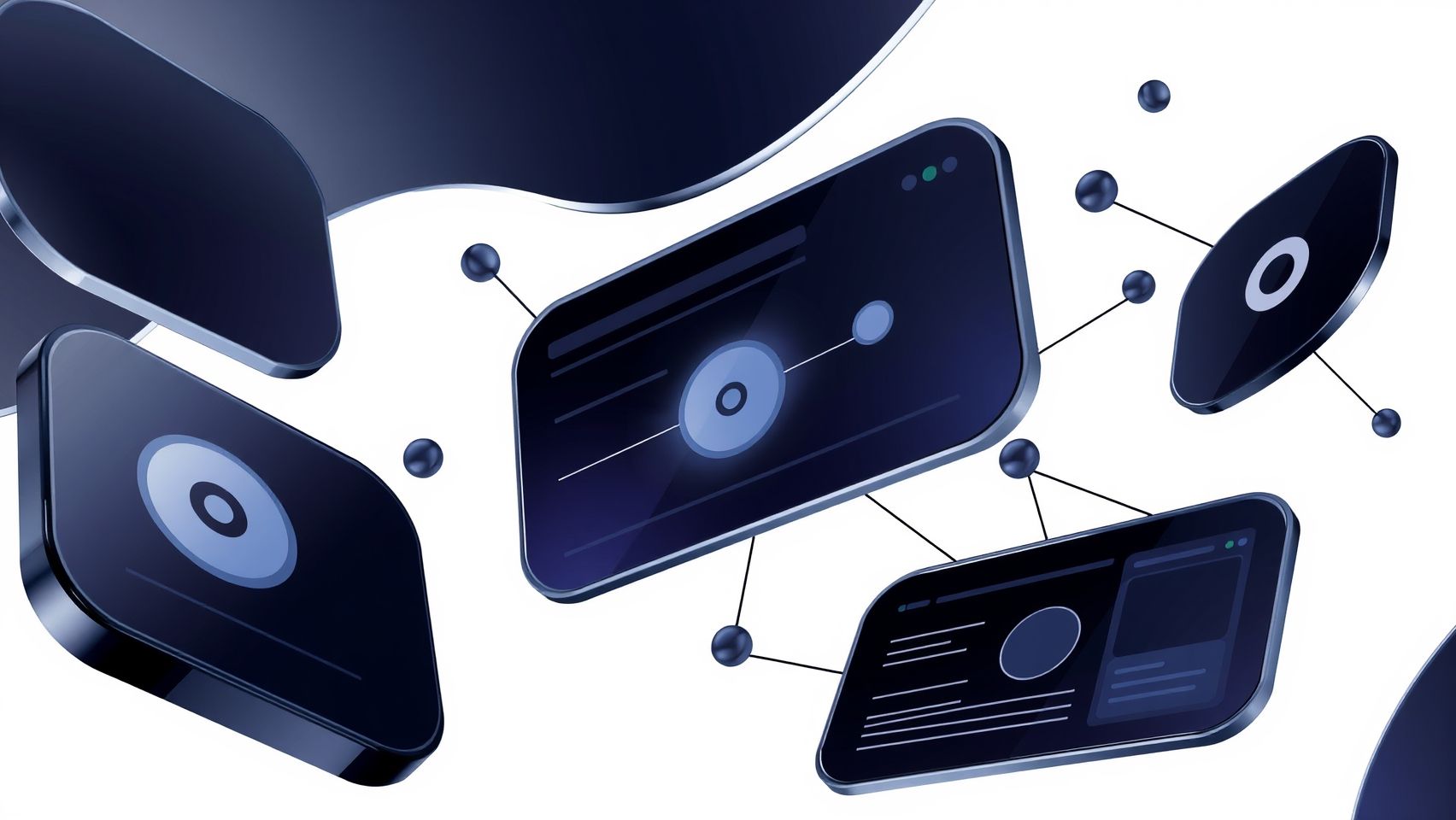
Getting started with DALL-E 3 for commercial projects involves a structured setup process to ensure high-quality outputs and compliance with licensing policies. This guide walks you through creating an OpenAI account, subscribing to the API, mastering prompt engineering, integrating automation tools, and adhering to legal considerations. Proper setup maximizes efficiency and quality, giving you a competitive edge in professional applications.
OpenAI Account Creation and API Subscription
Begin by creating a free account on the OpenAI platform. Once registered, navigate to the API section and subscribe to DALL-E 3 API, which is currently priced from $15/month. Choose the appropriate subscription tier based on your expected usage to optimize costs. After subscribing, generate your API keys, which are essential for integrating DALL-E 3 into your workflows.
Prompt Engineering for Precision and Creativity
Effective prompt engineering is crucial for producing stunning, relevant images. Use descriptive adjectives, specify artistic styles, and detail scene elements to guide DALL-E 3. Iterative testing—adjusting prompts based on previous outputs—helps refine results. Creating prompt templates can streamline large projects, ensuring consistency and saving time during batch generation.
Automation and Workflow Optimization
Integrate DALL-E 3 with automation tools like Zapier to streamline batch image creation and upload workflows. Automating repetitive tasks not only saves time but also reduces human error. For example, set triggers to generate images from specific prompts and automatically upload assets to your content management system, making your process more scalable.
Legal and Licensing Considerations
Review OpenAI’s licensing policies to confirm images meet commercial use requirements. Document your usage rights for each image, especially when images are generated for client projects. Monitoring licensing compliance prevents legal issues and ensures you hold valid rights to utilize AI-generated content widely.
Troubleshooting Common Setup Issues
Low-resolution images or misinterpretations often result from prompt ambiguities or prompt length. Refine prompts by adding specific details or adjusting style instructions. Verify API keys and subscription status if connectivity issues arise. Regularly update your prompt templates and stay informed about new features or updates via OpenAI’s latest releases to enhance results continually.
Implementing Midjourney: Workflow Integration and Style Optimization

Integrating Midjourney into your creative workflow in 2025 can significantly enhance productivity and output quality. With subscription plans starting at just $10 per month, users can join via Discord, which remains the primary platform for interaction with the tool. Setting up an efficient workflow involves selecting the appropriate plan—ranging from Basic to Mega—based on your output volume and feature needs, as outlined in the latest Midjourney comparison guides.
To optimize style customization, mastering prompt crafting is essential. Use specific style keywords, aspect ratio modifiers like –ar, and seed variations such as –seed to create consistent themes and unique variations, increasing creative control. Leverage Midjourney’s advanced parameters for style control, batch processing, and automation—these features enable generating multiple images simultaneously, saving time, and ensuring consistency across projects. Automating image generation with Discord bots and API integrations can further streamline your workflow, making it easier to produce large volumes of high-quality visuals efficiently.
Post-processing is equally vital for professional branding. Integrate outputs with tools like Photoshop or Canva for fine-tuning, adding branding elements, or adjusting styles to meet specific project requirements. Consistent evaluation using performance metrics—such as coherence, style fidelity, and resolution—is crucial. These assessments help determine whether images meet your quality standards or need further refinement. As Midjourney continually updates with features like V7, understanding and applying these enhancements can give you a creative edge, enabling personalized results and improved image quality.
Comparing Pricing, Features, and Licensing: What Saves Time and Money?
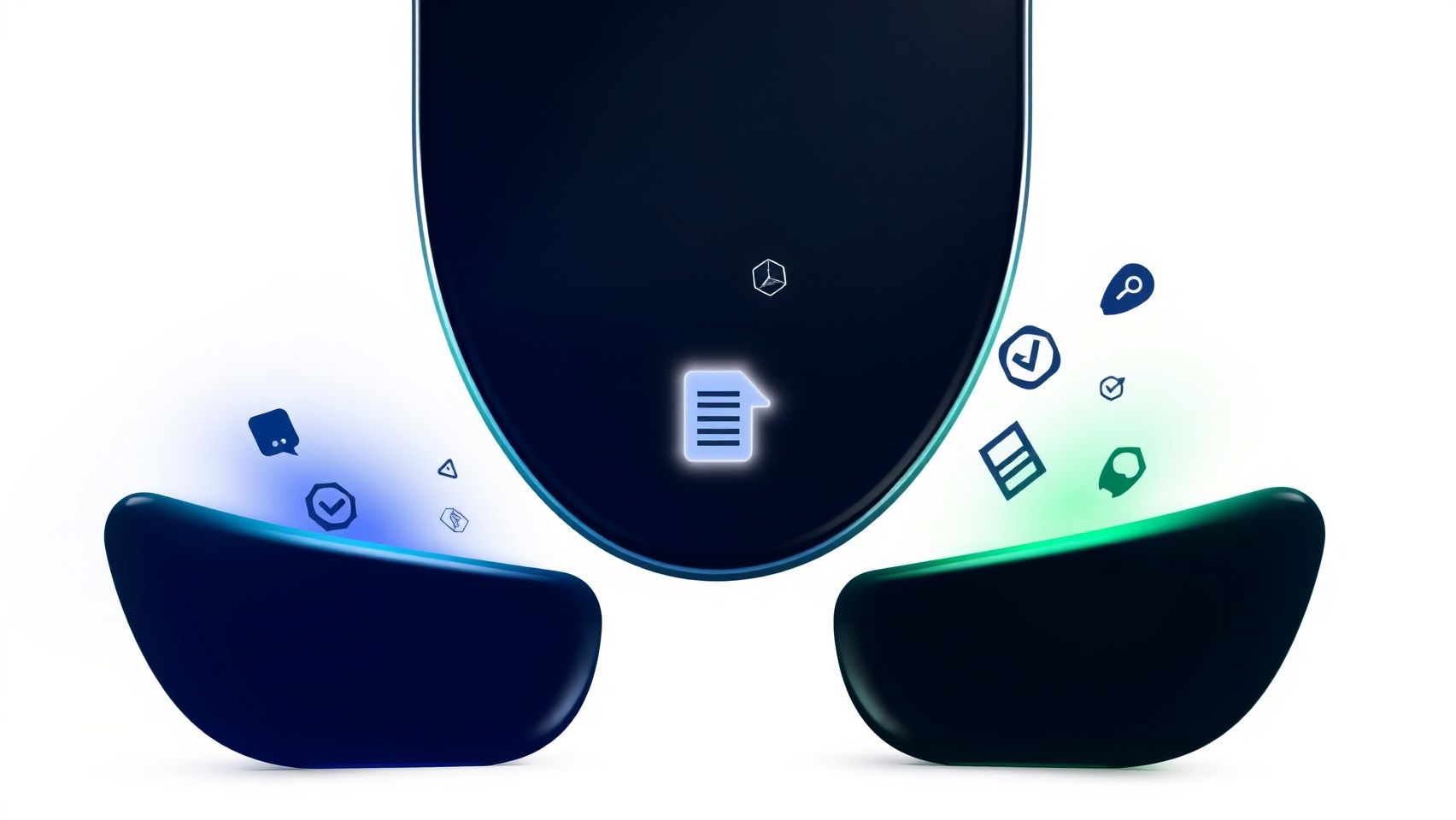
Choosing the right AI image generator in 2025 requires a careful assessment of costs, features, and licensing policies. Both DALL-E 3 and Midjourney have established themselves as leaders, but their pricing structures and capabilities significantly differ, impacting the overall value for various project needs.
Pricing Comparison
The current market reveals that Midjourney starts at $10 per month, with tiered plans that range up to higher rates for premium features, while DALL-E 3 through ChatGPT Plus is priced at $15/month, offering seamless integration with other OpenAI services. For users requiring extensive image generation, some platforms can cost over $200+ monthly depending on scale and resolution needs. Here’s a quick comparison table:
Feature and Licensing Differences
When comparing features, DALL-E 3 excels in prompt flexibility, offering detailed control over realism, resolutions, and API access, making it ideal for commercial and professional workloads. Its licensing terms are more transparent, allowing for straightforward commercial use, which simplifies workflow integration.
Midjourney, on the other hand, shines in style diversity and artistic expression, with advanced prompt customization. However, its licensing can sometimes be more complex, requiring additional rights management for commercial applications.
In terms of pros and cons, DALL-E 3 provides top-tier image quality and straightforward licensing but may lack the creative versatility seen in Midjourney. Conversely, Midjourney offers exceptional style variety and customization at a potentially higher licensing complexity, making it suitable for artistic projects where ROI depends on visual uniqueness.
Cost-Benefit Analysis
Evaluating ROI depends on project needs. For realistic, high-quality images with efficient licensing, DALL-E 3 offers excellent value, especially when integrated with ChatGPT Plus. For artistic, stylized visuals, Midjourney’s tiered pricing yields high creative flexibility, beneficial for branding or unique designs. Ultimately, selecting the right tool hinges on aligning project scope, desired output quality, and budget constraints.
FAQs About Using DALL-E 3 and Midjourney in 2025

As AI image generators become integral tools for creative and commercial projects, understanding their practical aspects is crucial for users. DALL-E 3 and Midjourney are two leading options in 2025, each with distinct strengths and challenges. This section addresses common questions to help you make informed decisions and streamline your workflow with these powerful tools.
Which tool offers better image quality for commercial projects?
Recent industry reviews indicate that DALL-E 3 excels in producing high-resolution, detailed images suitable for commercial use, particularly for branding and marketing materials. Midjourney, however, is renowned for its artistic style and unique aesthetic, which can be advantageous for creative industries seeking distinctive visuals. The choice depends on whether the priority is hyper-realistic quality or artistic flair.
How much does it cost to set up and run each platform?
Pricing varies: DALL-E 3 typically operates on a subscription model ranging from $15 to $30 per month, depending on the plan, with additional costs for high-volume generation. Midjourney offers tiered plans starting at approximately $10 per month, with enterprise options for larger volume needs. Both platforms have free trials or limited free credits, making initial testing accessible.
What are typical challenges in prompt engineering and how to overcome them?
Common challenges include ambiguity in prompts leading to unpredictable results and difficulty in controlling specific stylistic features. To overcome these, refine prompts with clear, detailed descriptions and utilize iterative testing. Familiarity with each platform’s nuances, such as Midjourney’s commands or DALL-E’s prompt syntax, enhances precision and efficiency.
Can these tools be integrated into existing workflows like Adobe Creative Cloud?
Yes, both DALL-E 3 and Midjourney support integrations through plugins, APIs, or workflow automation tools. DALL-E integrates seamlessly via OpenAI’s API, allowing direct access within Adobe applications. Midjourney can be incorporated through third-party workflow tools, enabling users to include generated images directly into Adobe projects.
What legal considerations should users be aware of regarding image licensing?
Authorization and licensing differ: DALL-E 3 typically grants users rights to commercial and personal use with some restrictions, but copyright ownership can be complex. Midjourney’s terms often restrict commercial use at lower tiers and require licensing agreements for broader rights. Users should review each platform’s licensing policies and consider intellectual property laws applicable in their jurisdiction.
How do performance metrics compare when generating large volumes of images?
Performance metrics, such as speed and consistency, favor DALL-E 3 for bulk production, thanks to optimized processing infrastructure. Midjourney is also efficient but may have longer turnaround times at higher volumes, especially in free or lower-tier plans. Both platforms are scaling rapidly to handle larger workloads, but enterprise plans offer the best performance for high-volume needs.
Conclusion

As we have explored, choosing between DALL-E 3 and Midjourney 2025 ultimately depends on your specific project needs, performance criteria, and budget considerations. Both tools have demonstrated significant advancements this year, with DALL-E 3 excelling in complex query handling and customization, while Midjourney continues to lead in artistic and vivid image generation.
To make an informed decision, leverage the step-by-step guides to set up and test each tool within your environment. Monitor the output quality and efficiency over time, and consider starting with trial plans to evaluate which aligns best with your workflow. Implementing workflow automations and refining prompt strategies can maximize results regardless of the platform you choose.
Act now—begin experimenting today to harness the full potential of AI image generation for your creative projects. Stay adaptable, keep testing, and embrace these cutting-edge tools to stay ahead in your industry. Your next masterpiece awaits—don’t wait to make it happen!

